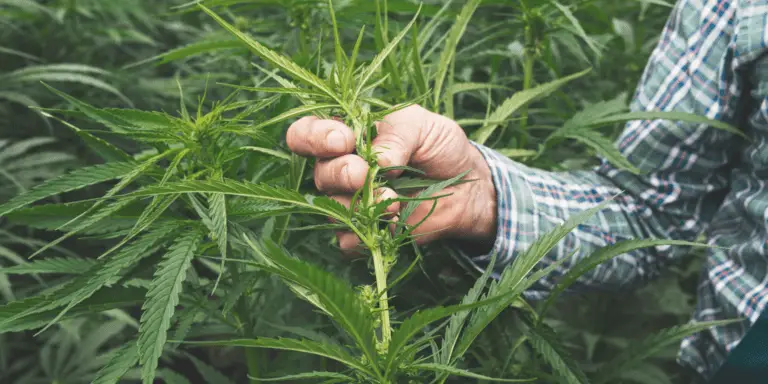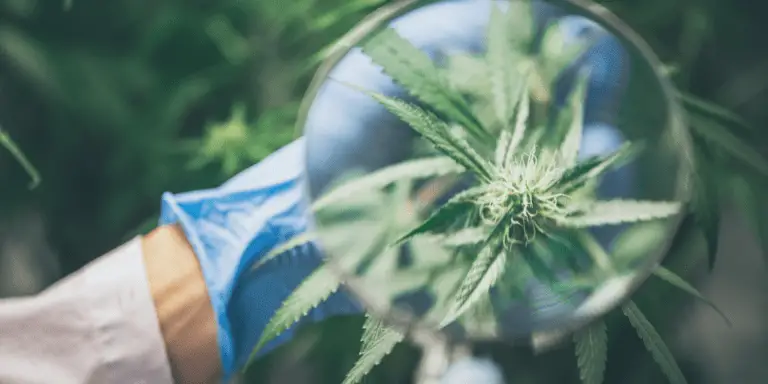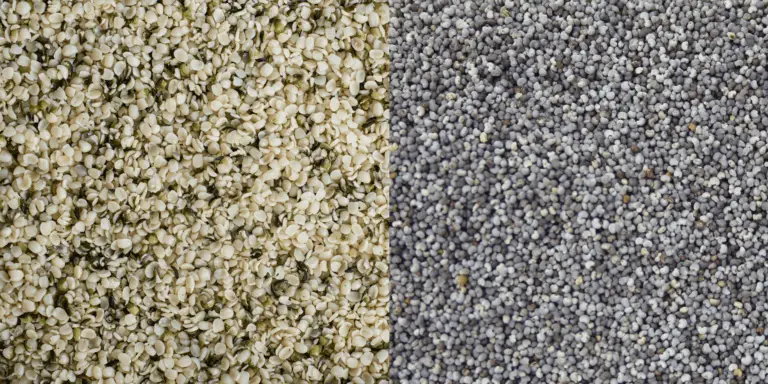
Hemp, a versatile member of the Cannabis sativa family, has a rich and complex history that spans millennia and continents. From its ancient origins to its modern-day resurgence, hemp has been cultivated for a wide array of uses, including textiles, medicine, and food. This article delves deep into the history of hemp, its cultivation practices, and its myriad applications throughout history.
- Hemp has been used for thousands of years for a variety of purposes, including paper, textiles, and food.
- Hemp was first cultivated in ancient China and Taiwan and spread to other parts of the world through trade routes.
- Hemp was an important crop in colonial America and was grown by both George Washington and Thomas Jefferson.
History of Hemp: From Ancient Civilizations to Medieval Europe
Hemp has a long and fascinating history that dates back thousands of years. This section will explore the origins of hemp, including its ancient uses and cultivation in the Middle Ages.
Ancient Uses of Hemp in China and Beyond
Hemp was first discovered in Central Asia, particularly China and Taiwan, during the Stone Age, around 8000 BC. It was primarily cultivated for its fiber, which was used to make clothing, paper, and rope. The oldest remnants of hemp discovered to date are hemp cords used in pottery, and records show that hemp seed and oil were used as food in China.
Hemp was also used for medicinal purposes in ancient times. The Chinese used hemp seeds to treat constipation, while the ancient Egyptians used hemp to treat sore eyes. Hemp was also used in traditional Indian medicine to treat a variety of ailments, including fever, dysentery, and rheumatism.
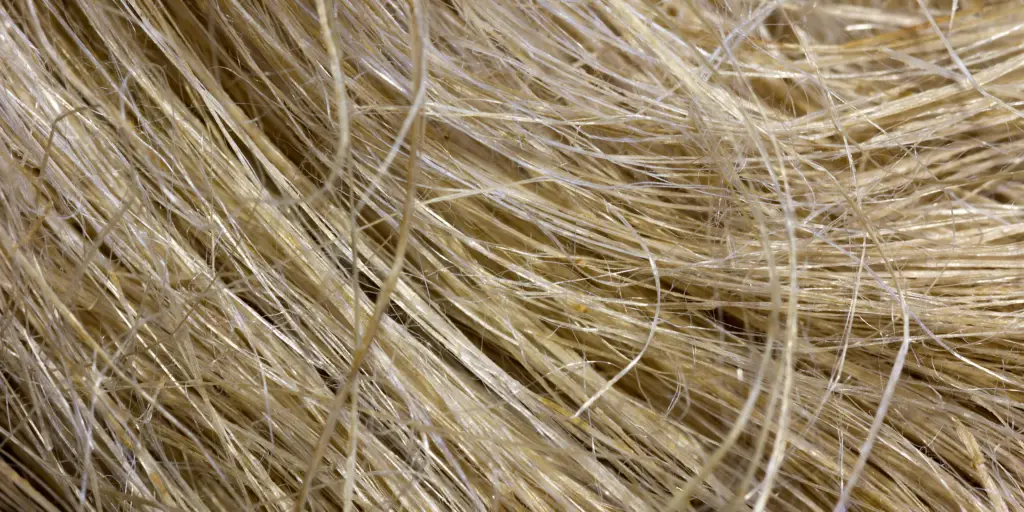
Hemp Cultivation in the Middle Ages
During the Middle Ages, hemp was widely cultivated throughout Europe, particularly in France and Italy. It was used to make clothing, paper, and rope, as well as for medicinal purposes. Hemp was also used as a form of currency in some regions.
In the 16th century, King Henry VIII of England passed a law requiring all farmers to grow hemp. This law was intended to provide a reliable source of fiber for the British Navy, which used hemp to make sails and ropes for ships.
Overall, hemp has played an important role in human history, with a wide range of uses and applications throughout the ages. Today, hemp is still widely cultivated and used for a variety of purposes, including as a source of CBD oil, hemp paper, clothing, and more.
Hemp in the New World: Colonial America to 19th Century
Hemp in Colonial America
Hemp was introduced to the New World around 1606. By 1616, the first settlement of Jamestown was established, and hemp became an essential crop. Both George Washington and Thomas Jefferson were hemp farmers. Hemp was used for various applications, including making sails, ropes, and hempseed oil, which served as a lamp fuel.
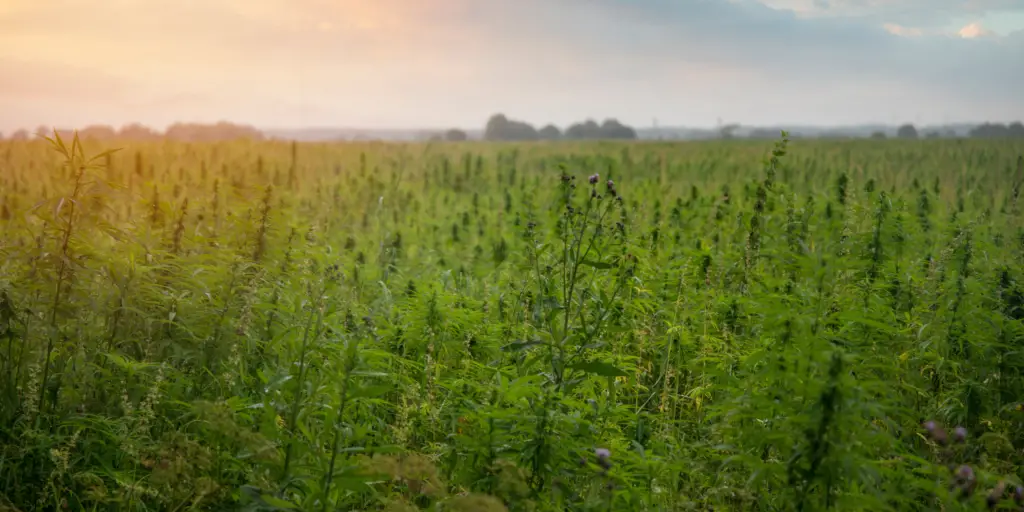
19th Century Hemp Production in the United States
Hemp continued to be a crucial crop in the 19th century. It was used to make paper, textiles, and rope. In fact, hemp was so important that the US government encouraged farmers to grow it. In 1841, the US Navy began using hemp rope for its ships, and by the late 1800s, the government was providing subsidies to farmers who grew hemp.
However, the invention of the cotton gin and the development of cheaper synthetic fibers led to a decline in hemp production in the US. By the early 20th century, hemp was no longer a significant crop in America.
Despite this decline, hemp continued to be used in various products, including food, medicine, and textiles. Today, hemp is experiencing a resurgence in popularity due to its numerous health benefits and versatility.
20th Century: The Decline and Prohibition of Hemp
Rise of Synthetic Fibers
In the early 20th century, synthetic fibers such as nylon and rayon were gaining popularity in the textile industry. These fibers were cheaper to produce and had a longer lifespan than natural fibers such as hemp. As a result, the demand for hemp decreased, and the industry began to decline.
Marijuana Tax Act of 1937
The Marijuana Tax Act of 1937 was passed in the United States, making it illegal to grow or use cannabis and hemp. The act was driven by political and economic forces, as well as a smear campaign against marijuana led by the media and government officials.
Many believe that the act was influenced by the interests of the paper industry, which saw hemp as a threat to their business. Hemp was often used to produce paper, and its fibers were seen as a more sustainable and cost-effective alternative to wood pulp.
The Marijuana Tax Act effectively ended the hemp industry in the United States and made it illegal to grow or use the plant for decades. It wasn’t until the 21st century that hemp was once again legalized and recognized as a valuable crop with numerous industrial and medicinal uses.
Overall, the 20th century saw a significant decline in the hemp industry due to the rise of synthetic fibers and the prohibition of cannabis and hemp. However, with the legalization of hemp in recent years, the industry has once again begun to thrive, offering a sustainable and versatile crop with a wide range of applications.
Modern Revival: Hemp in the 21st Century
The 2018 Farm Bill and Hemp Legalization
In the 21st century, hemp has experienced a modern revival in the United States and around the world. The 2018 Farm Bill legalized hemp cultivation, production, and distribution in the United States, opening up new opportunities for farmers and businesses. As a result, hemp is now being grown in many states across the country, including Colorado, Kentucky, and Oregon.
One of the main reasons for the revival of hemp is its potential as a sustainable and environmentally-friendly crop. Hemp can be grown without the use of pesticides and herbicides, and it requires less water than many other crops. Additionally, hemp has a wide range of uses, from textiles and paper to food and cosmetics.
Industrial and Commercial Uses of Hemp
Industrial and commercial uses of hemp have also contributed to its modern revival. Hemp fibers can be used to make a variety of products, including clothing, rope, and building materials. The hemp seeds are a source of protein and can be used in food products like granola bars and protein powder. Hemp oil is used in cosmetics and skin care products due to its moisturizing properties.

In addition to its industrial and commercial uses, hemp is also being researched for its potential health benefits. Cannabidiol (CBD), a non-psychoactive compound found in hemp, has been shown to have potential therapeutic effects for a variety of conditions, including anxiety, pain, and inflammation.
Overall, the modern revival of hemp has brought new opportunities and possibilities for farmers, businesses, and consumers. As more research is conducted and new uses for hemp are discovered, it is likely that its popularity and importance will continue to grow in the coming years.
Environmental Impact and Sustainability of Hemp
Hemp is a sustainable crop that humans have farmed for over 10,000 years. It is a versatile plant that can be used for a variety of purposes, including clothing, paper, and fuel. But what is the environmental impact of hemp production?
One of the most significant benefits of hemp is that it requires less water than other crops. According to a study published in the Journal of Industrial Hemp, hemp requires approximately half the amount of water needed to grow cotton. This is because hemp has a deep root system that allows it to access water deep within the soil. Additionally, hemp can be grown without the use of pesticides and herbicides, which reduces the amount of harmful chemicals released into the environment.
Hemp is also a carbon-negative crop, meaning that it absorbs more carbon dioxide from the atmosphere than it releases. This is because hemp plants absorb carbon dioxide during photosynthesis and store it in their fibers. When hemp is used to make products like paper or clothing, the carbon is stored in the product, preventing it from being released into the atmosphere.

Another benefit of hemp is that it can be used to remediate contaminated soil. Hemp has been shown to absorb heavy metals and other toxins from the soil, which can help clean up polluted areas. This is because hemp has a deep root system that can penetrate the soil and extract contaminants.
Overall, hemp is a sustainable crop with a relatively low environmental impact. It requires less water and fewer chemicals than other crops, and it can be used to remediate contaminated soil. Additionally, hemp is a carbon-negative crop, which means that it can help to mitigate the effects of climate change.
The Future of Hemp: A Look Ahead
Hemp has a bright future ahead, with its versatility and sustainability making it an attractive crop for farmers and manufacturers alike. Here are a few ways that hemp is expected to shape the future:
Industrial Applications: Hemp is expected to play a major role in the development of sustainable and eco-friendly industrial products. Hemp fibers are already being used to create biodegradable plastics, textiles, and building materials, and research is ongoing to discover new applications.
Health and Wellness: Hemp-based products are becoming increasingly popular in the health and wellness industry. CBD, a non-psychoactive compound found in hemp, is believed to have a variety of health benefits and is being used to create a range of products, including oils, tinctures, and topicals.
🌱 Interested in other ways of incorporating hemp into your diet? Unlock culinary creativity with our article: How to Cook with Hemp Hearts.
Agricultural Advancements: Hemp is a low-maintenance crop that requires less water and fertilizer than many other crops. As a result, it is being explored as a potential solution to food insecurity and environmental degradation in regions with poor soil quality.
Legalization and Regulation: As more countries legalize hemp cultivation and production, there is a growing need for regulation and standardization of hemp-based products. This will help to ensure quality and safety for consumers and provide a framework for the industry to continue to grow and thrive.
Overall, the future of hemp looks bright, with the potential to revolutionize a variety of industries and promote sustainable and eco-friendly practices.
FAQ
Conclusion: The Lasting Legacy and Bright Future of Hemp
From its ancient origins to its modern revival, hemp has proven to be one of the most versatile and sustainable crops. With its wide range of uses and minimal environmental impact, hemp is poised to play a significant role in sustainable agriculture and industry for years to come.
